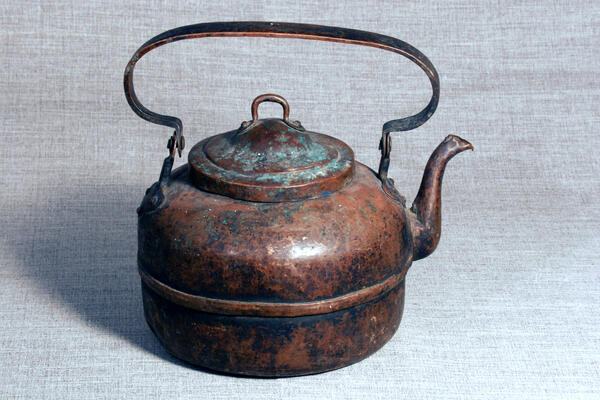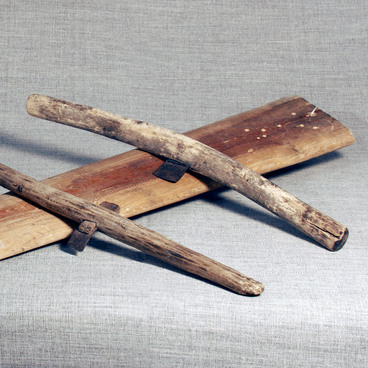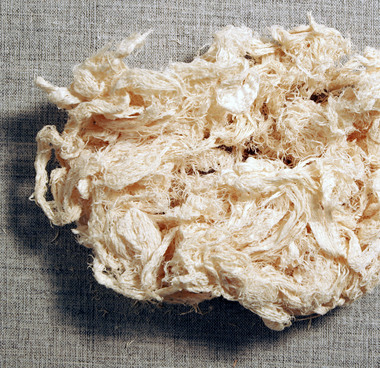For many centuries indigenous peoples of the North had been shaping their own culture, and they managed to preserve it till the present days. Traditional housekeeping under the circumstances of wild nature defined the Forest Nenets’ way of life and customs. These minorities’ household production is mostly of a consumption character. Like all other Northern tribes, before they met Russian settlers, they produced household items by themselves using natural materials they could find. Most frequently is was wood. They made of wood toys and cradles for children, traps to catch wild animals, sledges for migration, furniture and utensils.
By around the end of the 17th century, indigenous peoples of the North and settlers started to trade with each other actively and metal tableware came into use in camps. However, the Forest NEnets people kept using traditional set of household utensils until the mid 30s of the last century. Later on, copper kettles, pots and spoons replaced them, and now one can even find plastic items in chums.
Copper tableware could be bought at the ObdOrsk or SurgUt Fair. It was attended not only by traders of the closest Siberian towns like TobOlsk, BeryOzov, IrbIt, Omsk or TyumEn, but also by representatives of the merchant class from the European part of Russia, from VelIky Ustyug, ArkhAngelsk, NIzhny NOvgorod and Moscow.
The Forest NEnets exchanged bear, polar fox and wolverine skins into useful items they needed in their everyday life and household. The copper kettle displayed in the Gubkinsky Museum of the Development of the North exposition is one of such items. It was supposedly produced in 18th-19th century and bought at the Surgut Fair. In the recent past a kettle like this was hung on a special metal hook over the fire in a chum. Its capacity is 5 l. Unlike the present-day utensils, the height of the kettle is much less than the width. The lid is put not into the neck but over it. This construction prevents ash from getting inside the kettle when it is placed over open flame.
By around the end of the 17th century, indigenous peoples of the North and settlers started to trade with each other actively and metal tableware came into use in camps. However, the Forest NEnets people kept using traditional set of household utensils until the mid 30s of the last century. Later on, copper kettles, pots and spoons replaced them, and now one can even find plastic items in chums.
Copper tableware could be bought at the ObdOrsk or SurgUt Fair. It was attended not only by traders of the closest Siberian towns like TobOlsk, BeryOzov, IrbIt, Omsk or TyumEn, but also by representatives of the merchant class from the European part of Russia, from VelIky Ustyug, ArkhAngelsk, NIzhny NOvgorod and Moscow.
The Forest NEnets exchanged bear, polar fox and wolverine skins into useful items they needed in their everyday life and household. The copper kettle displayed in the Gubkinsky Museum of the Development of the North exposition is one of such items. It was supposedly produced in 18th-19th century and bought at the Surgut Fair. In the recent past a kettle like this was hung on a special metal hook over the fire in a chum. Its capacity is 5 l. Unlike the present-day utensils, the height of the kettle is much less than the width. The lid is put not into the neck but over it. This construction prevents ash from getting inside the kettle when it is placed over open flame.



